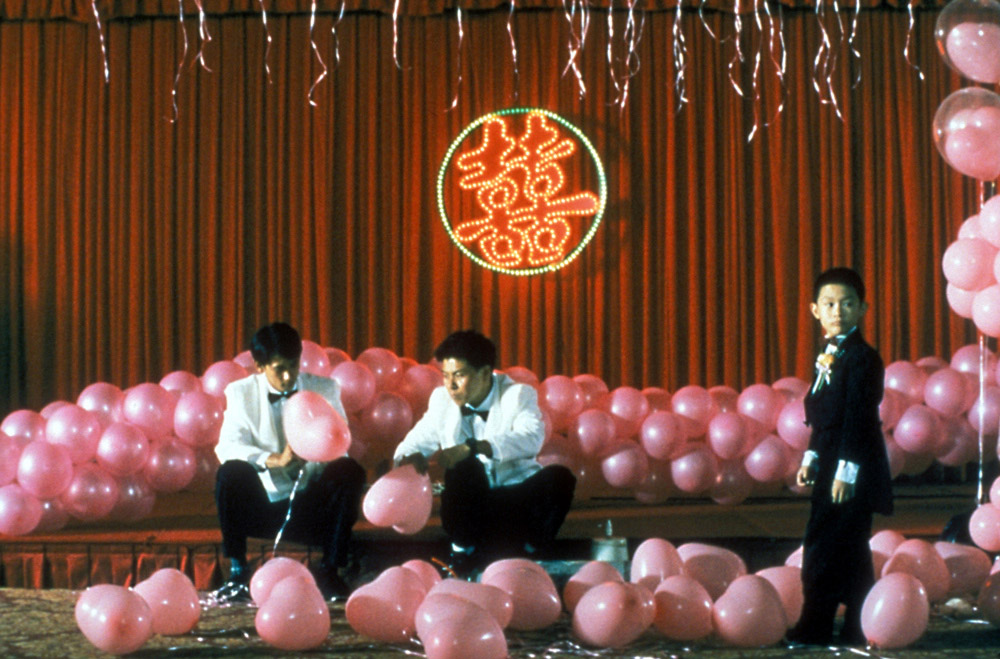
(c) Photofest / Getty Images
"Yi Yi: A One and a Two..." A photo of the young boy Yangyang that reveals Edward Yang's "freshness"
2019.09.19
The “other side” that exists in everything
At the time, Japan was still relatively economically powerful, but the character played by Issey Ogata seems to symbolize the other side of the world, which was driven by business frenzy in Taiwan and Japan. This "other side" is the keyword of this film.
The film begins with Yangyang's uncle's wedding, where his ex-lover turns up and behaves in an erratic manner. Just as one person's happy place can be another person's unhappiness. This is also reflected in the difference between the love Yangyang's sister longs for and real love. There is a front and a back to everything, and it is hard to recognize one side. Yangyang approaches this deceptively realistic situation with the pure attitude of a child.

"Yi Yi: A One and a Two..." (c)Photofest / Getty Images
"If we don't know what each other sees, how can we tell each other what it is?" asks Yang Yang, who then takes a camera and photographs things that most people aren't interested in, as well as the backs of people's heads. He also makes a sharp remark about people like his uncle, who is insensitive and only pursues his own happiness and doesn't think about others, saying, "You can't see it yourself."
Edward Yang, who has captured the image of Taipei and the landscape of Taiwan, including the negative aspects of the city, in films such as " Taipei Story " (1985) and " Terrorists " (1986), also depicts the dark side of the city here. However, just as it is light that creates shadows, Yang Yang's presence in this film seems to be a hope for the future of Taiwan, which is swirling with problems. As the final scene shows this, isn't it moving that Edward Yang's final completed work ended in this way?

